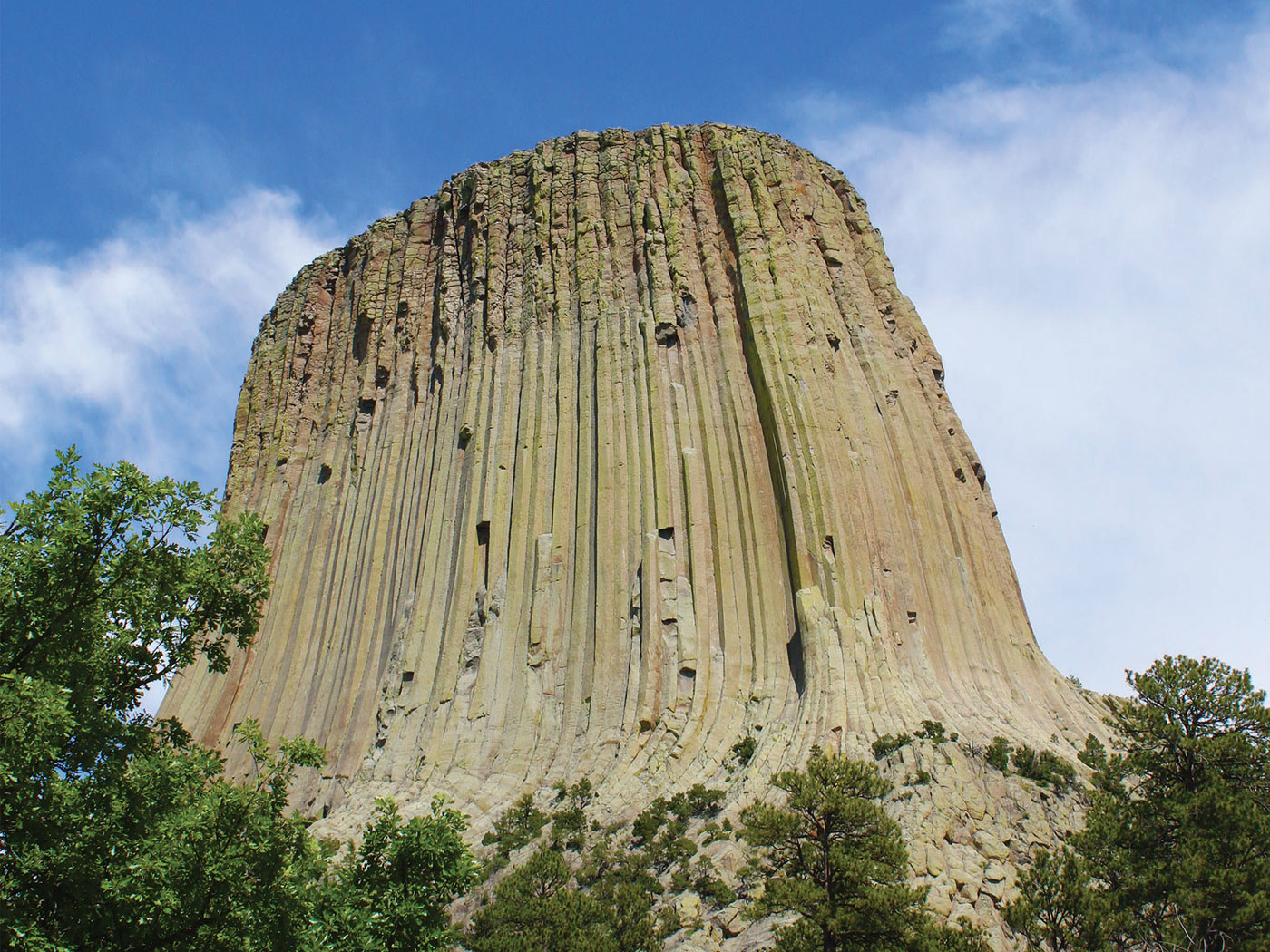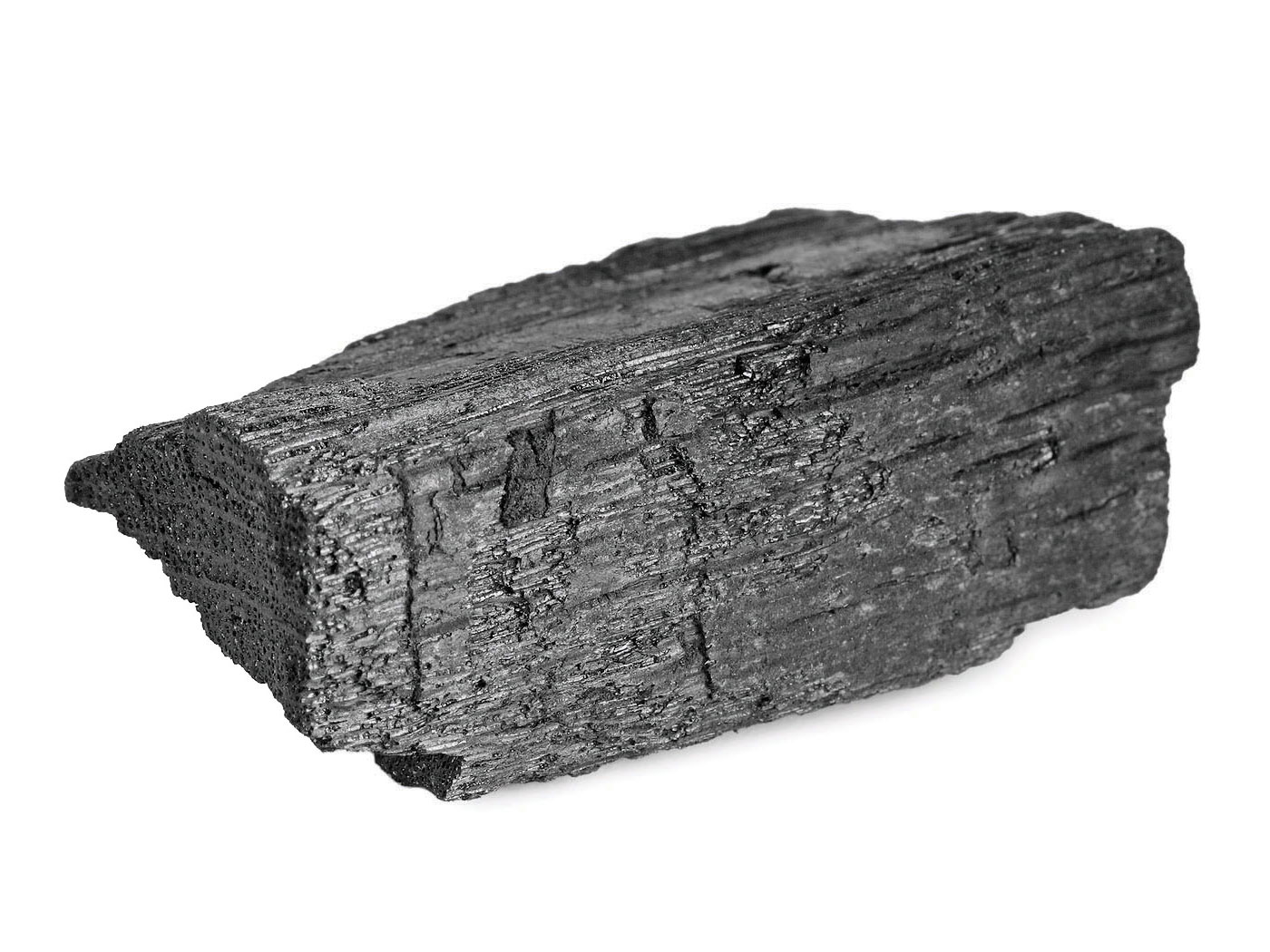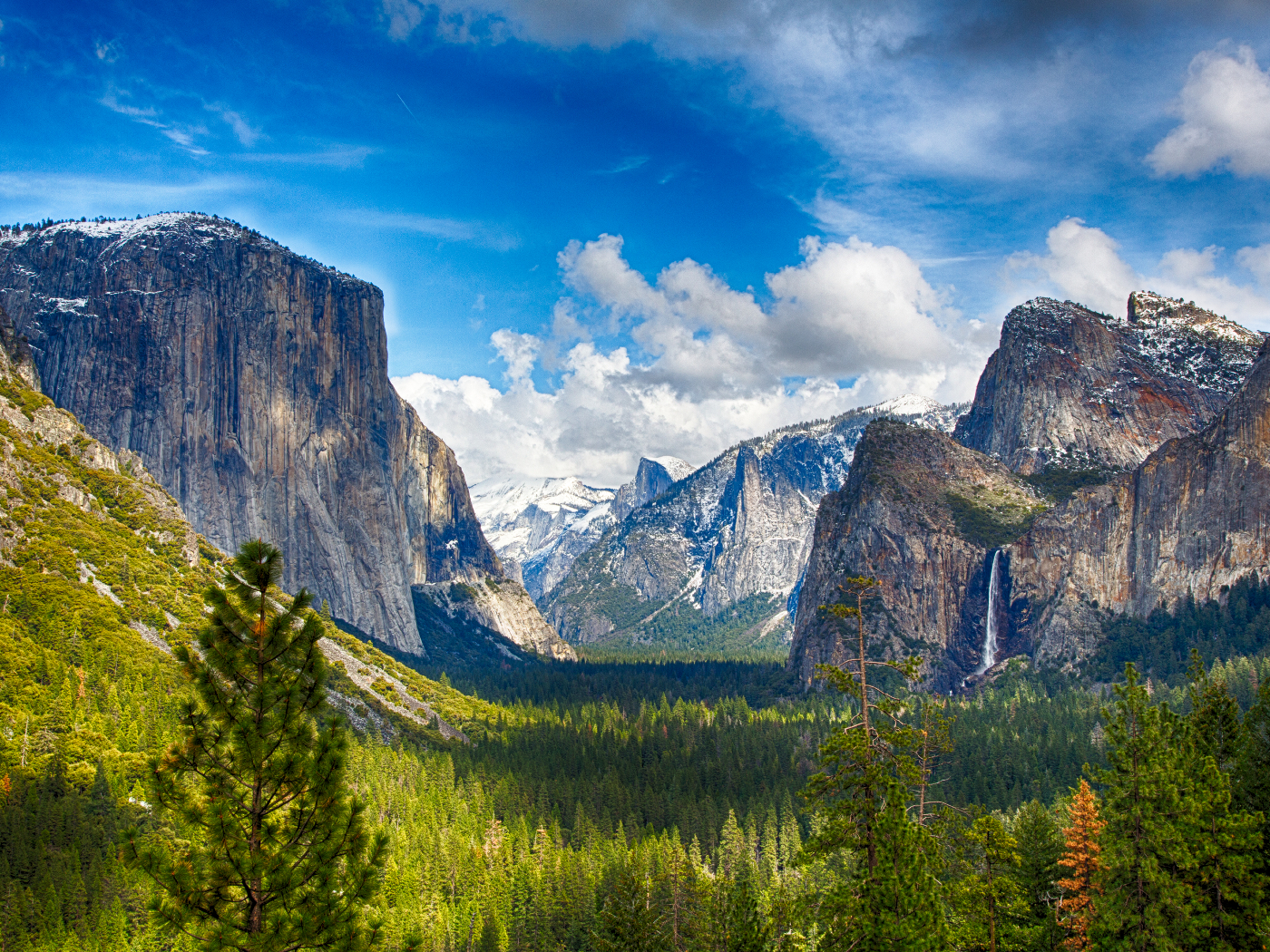by Vernon R. Cupps, Ph.D., & Brian Thomas, M.S. *
Most people are familiar with man-made, diamond-like cubic zirconia (zirconium dioxide), but zirconium silicate, a less well-known form of zirconium, also exists in crystalline form. Called zircon for short, this mineral is found all over Earth's crust. Dr. John W. Valley and his team recently published an article in Nature Geoscience discussing two surface samples from their continuing analysis of a detrital zircon—one derived from a weathered rock—found in Australia.1,2 BBC News cited it as the "oldest scrap of Earth crust."3 Is this conclusion accurate?
The study authors assumed that all the mineral grains from their source rock formation, like zircons, were four billion years or older, corresponding to a Hadean "age" of Earth's supposed history.1,4 Two surface samples exposed the core of the zircons for the first time, and the researchers submitted them to a battery of sophisticated analyses.5 The unstated and subtle objective of their article seems to have aimed at widening the time window for random processes to generate the basic molecules of life out of non-living matter—though that actually only hinders evolutionary hypotheses by giving those key molecules more time to randomize.6
In secular circles the age of the earth is believed to be around 4.54 billion years. It is assumed so frequently that a majority of people generally regard it as a scientific fact—in a sense it's become a form of dogma—much like the earth was once assumed to sit at the center of the solar system. This concept of "deep time" is firmly based on the uniformitarian view of nature, i.e., that decay rates for radioisotopes have always been as they appear today. But recent laboratory experiments have demonstrated this assumption to be incorrect under certain conditions.7,8
Also, the observed helium leak rate from certain zircons embedded in biotite rock samples refutes their billion-year age assignment, instead showing that billions of years' worth of uranium decay at today's rates actually occurred very quickly.9 It should be noted here that there are ways to accelerate radioisotope decay.7
Investigators used the U-Th-Pb isochron radioisotope analysis method to date the zircon.1 However, this method is cleverly constructed to try to avoid the problem of not knowing the initial concentrations of both the parent and daughter isotopes used to infer the age of igneous rocks.
Using this method means the team assumed that the rock from which the samples were taken was a completely closed system from its formation to the present—an unreasonable assumption for metamorphosed sandstone that has most probably undergone torturous upheavals and vast temperature changes over time.
Why did the researchers not look for shorter-lived radioisotopes such as iron 60 (60Fe), nickel 59 (59Ni), manganese 53 (53Mn), krypton 81 (81Kr), calcium 41 (41Ca), carbon 14 (14C), or even yttrium 88 (88Y), which would have produced significantly younger age estimates?
The extensive analyses performed by this research group produced some outstanding 3-D profiles of lead (Pb) and yttrium (Y) within the zircon crystal, but the data obtained from the Secondary Ion Mass Spectrometry (SIMS) analysis required the use of a uranium-lead (U-Pb) standard assumed to be billions of years old.1,10 This step was necessary because the ion-forming process during the initial stage of the SIMS analysis is still poorly understood.11
Despite all these caveats on the analysis, the researchers reported the zircon's age as factual, ignoring the unknowns and assumptions involved in both the data and the process.1 Does their crystal deserve to be called the "oldest scrap of Earth crust"? It may be the oldest yet examined, but it is apparently much younger than the study authors claim, which would infer that the Earth-moon system is also much younger than the 4.5 x 109 years commonly assumed by secular evolutionists.
References
- Valley, J. W. et al. 2014. Hadean age for a post-magma-ocean zircon confirmed by atom-probe tomography. Nature Geoscience. 7 (3): 219-223.
- Apparently, out of 100,000 crystals analyzed from this site, this particular zircon was one of only two that were thought to fit the desired age profile—i.e., older than 4.35 x 109 years.
- Crystal is 'oldest scrap of Earth crust.' BBC News. Posted on bbc.com February 24, 2014, accessed March 13, 2014.
- Hadean age: the first geologic eon of Earth according to secular time scales. It predates the Archean eon. In secular circles it is generally regarded to occupy the time interval between the formation of the Earth-moon system (~ 4.5 x 109 years) and the beginning of the Archean eon (~ 4.0 x 109 years).
- This particular zircon (ZrSiO4) was recovered by electric pulse disaggregation from metamorphosed sandstone originating in the Jack Hills of Western Australia.
- Gish, D. 1976. Origin of Life: Critique of Early Stage Chemical Evolution Theories. Acts & Facts. 5 (1).
- Bosch, F. et al. 1996. Observation of Bound-State β- Decay of Fully Ionized 187Re: 187Re-187Os Cosmochronometry. Physical Review Letters. 77 (26): 5190-5193.
- Kinoshita, N. et al. 2012. A Shorter 146Sm Half-Life Measured and Implications for 146Sm-142Nd Chronology in the Solar System. Science. 335 (6076): 1614-1617.
- Humphreys, D. R. 2005. Young Helium Diffusion Age of Zircons Supports Accelerated Nuclear Decay. In Vardiman, L. et al. (eds.), RATE II: Radioisotopes and the Age of the Earth: Results of a Young-Earth Creationist Research Initiative, Volume II. San Diego, CA: Institute for Creation Research and the Creation Research Society.
- Specifically, 5.64 x 108 years.
- The number of ions formed is directly proportional to the amount of Pb or Y measured by the detectors. If one does not know precisely how many ions are formed from the Pb or Y introduced into the SIMS, then there will be a significant uncertainty in the extrapolation from the number of ions counted to the number of atoms introduced.
Image credit: © John Valley, Univ. Wisconsin. Adapted for use in accordance with federal copyright (fair use doctrine) law. Usage by ICR does not imply endorsement of copyright holders.
* Dr. Cupps is Research Associate at the Institute for Creation Research and received his Ph.D. in nuclear physics at Indiana University-Bloomington. Mr. Thomas is Science Writer at the Institute for Creation Research.
Article posted on March 28, 2014.
















